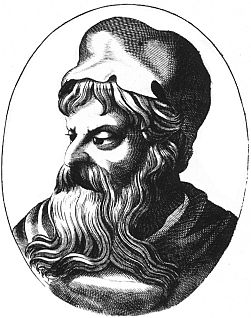 At almost 3000 metres above sea level and at the base of the summit craters, in the area of Torre del Filosofo, there is a place that was once loved by Empedocles.A Sicilian philosopher and politician, he was born and lived in Akragas, present-day Agrigento, in the 5th century BC.
At almost 3000 metres above sea level and at the base of the summit craters, in the area of Torre del Filosofo, there is a place that was once loved by Empedocles.A Sicilian philosopher and politician, he was born and lived in Akragas, present-day Agrigento, in the 5th century BC.
It is said that the Agrigentine lived and built a dwelling here because he loved being in touch with nature. One of his wishes was to become one with the surface of Etna, mixing with the water, earth and air. Empedocles studied the eruptive phenomena and was highly fascinated by the same nature that according to legend, caused his death, whereby he plunged into a crater of the volcano. Many stories have arisen around this story, each one telling a different ending.
According to Hippobotus, “He got up, set out on his way to Mount Etna; then, upon reaching it, plunged into its fiery craters and disappeared, his intention being to confirm the report that he had become a god. Afterwards the truth was known, because one of his slippers was thrown up in the flames; it had been his custom to wear slippers of bronze”.